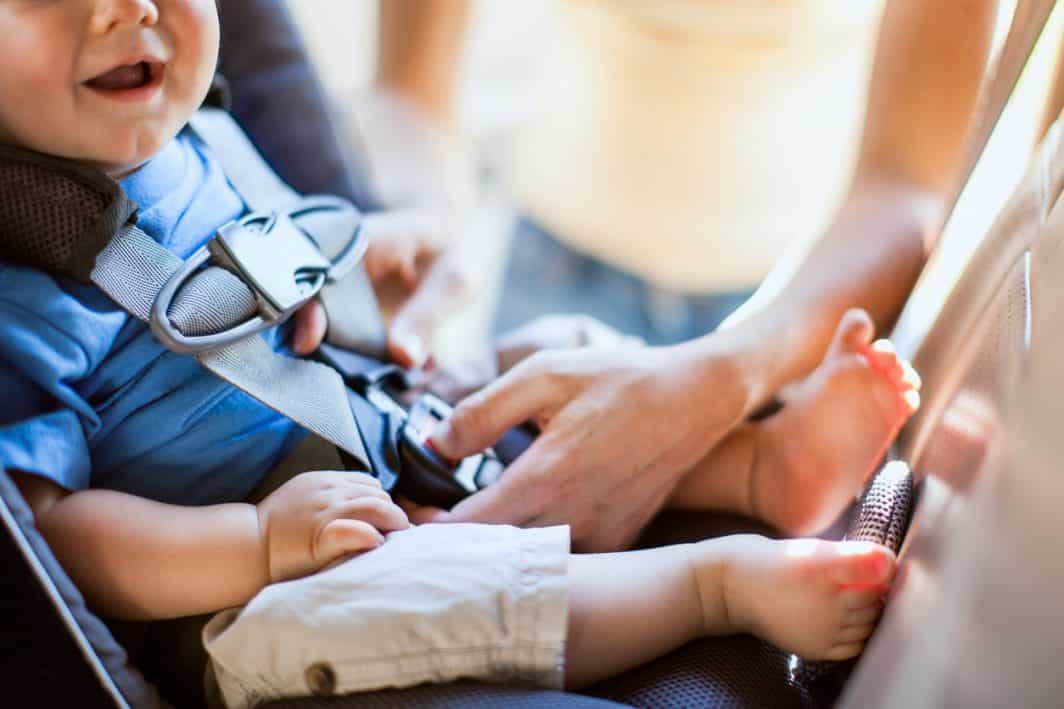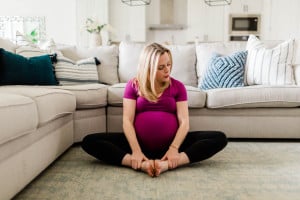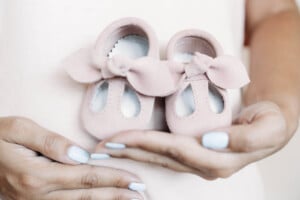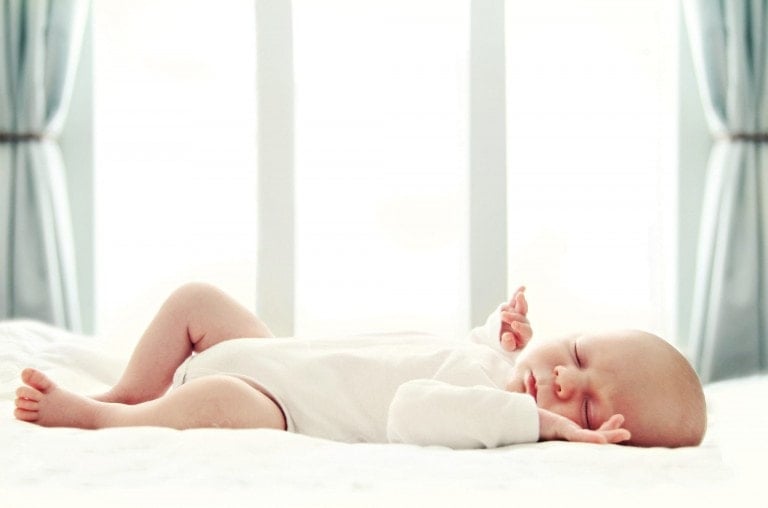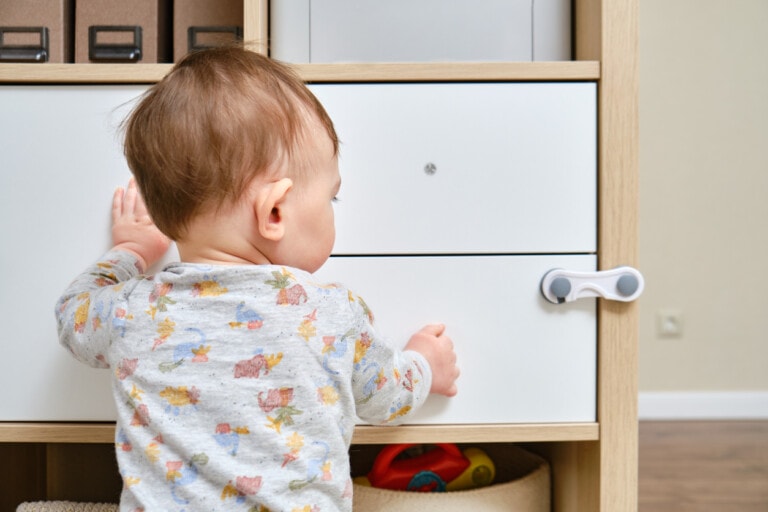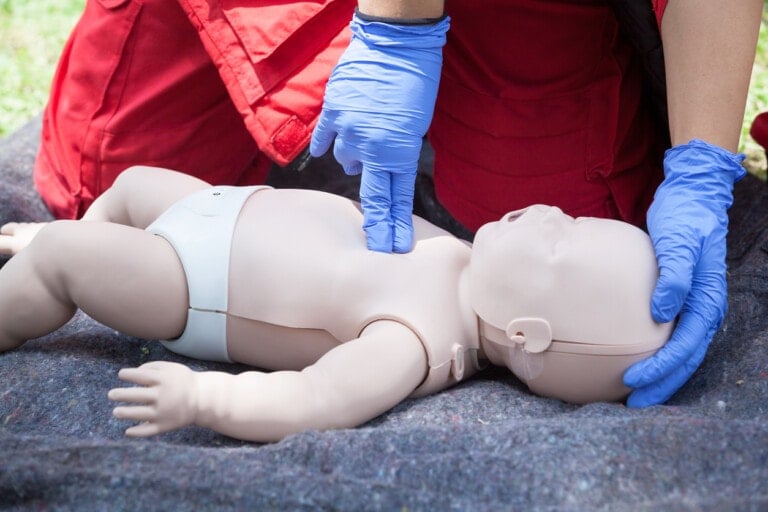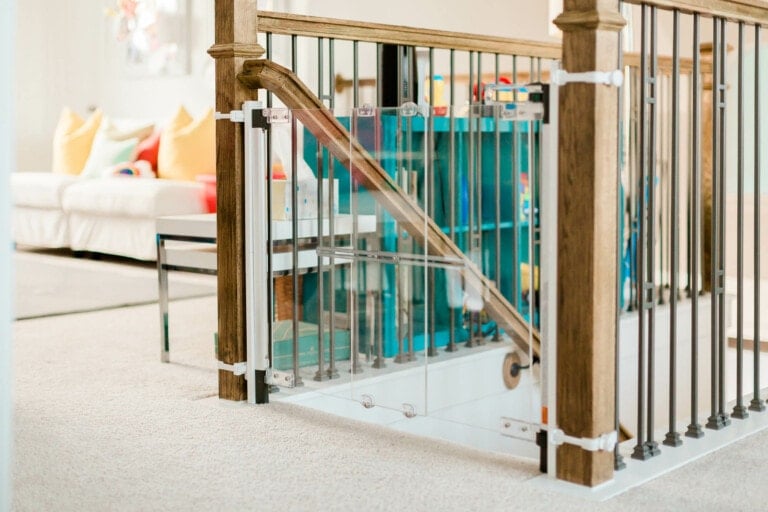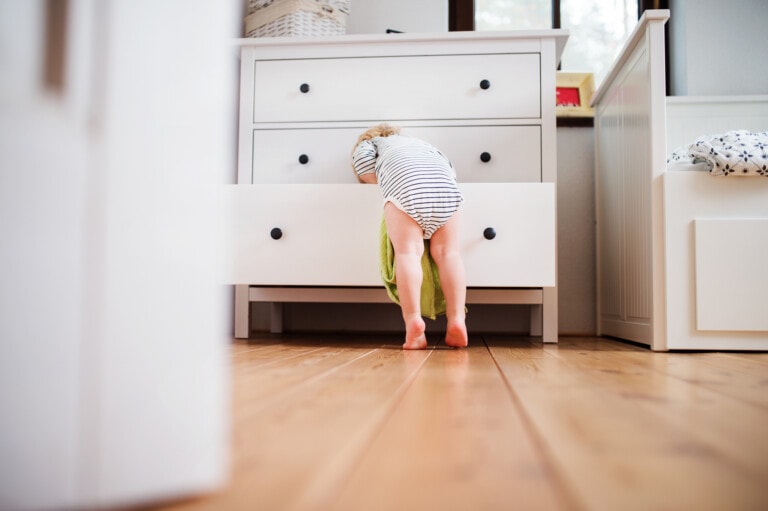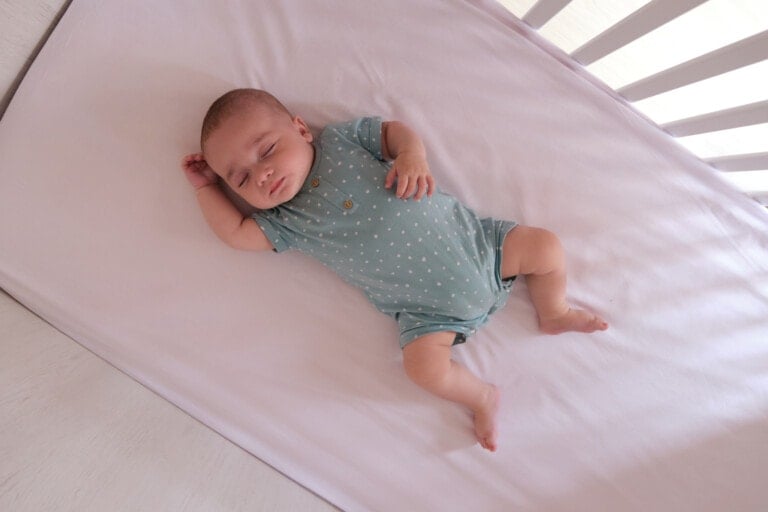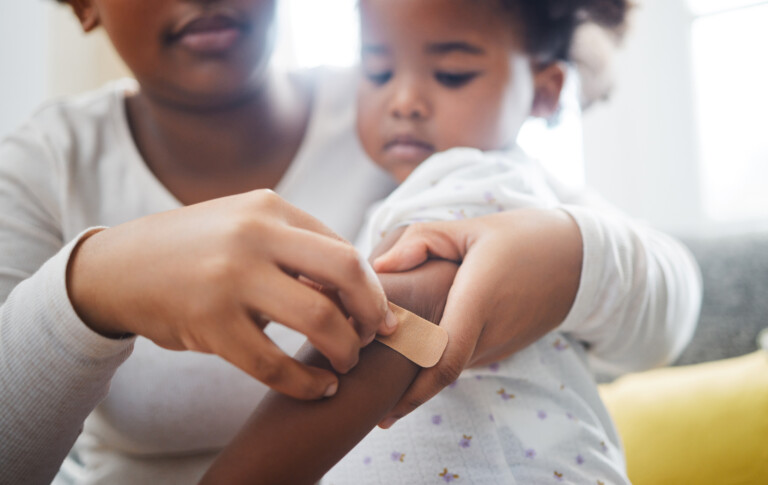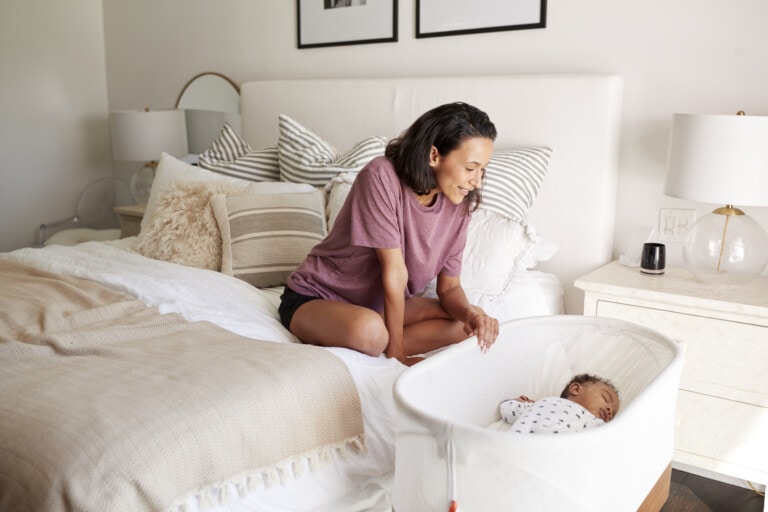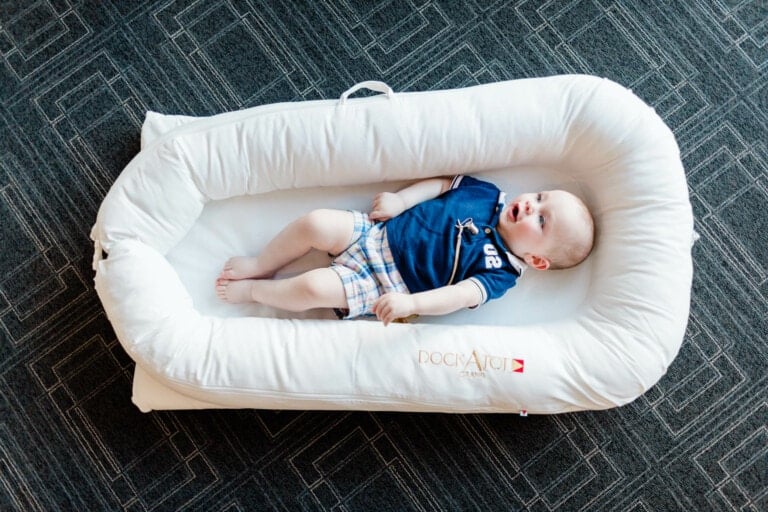Shopping for your baby’s first car seat can be challenging. It’s what will keep your kids safe while traveling and—heaven forbid—during an accident. But with so many options on the market, it can be confusing. What should you be looking for in a first car seat? Here are some pointers for choosing the best car seat possible.
1. Second Hand Or Brand New?
Car seats can be expensive. That’s why many parents look around for second-hand options. What’s the point of buying a new infant car seat when it will soon need to be replaced anyway?
It turns out that there are some reasons to choose a new over a used seat, with the main reason being safety. Many experts recommend that parents never buy second-hand car seats.1,2,3,4 This is because there is no guarantee that the seat hasn’t been involved in a crash and isn’t damaged. The problem with many car seats is that the damage isn’t apparent from the outside. Usually, you only find out about issues after you’ve been in an accident, by which time it’s too late.
All car seats have to pass the JPMA safety standards.3 But newer seats are often better because these standards are continually updated. They employ the latest technology based on the most recent research.
Bottom line: stay on the safe side and make sure you always buy new car seats.
2. Five Point Harness
There’s a significant variation in the price of car seats. Most seats at the top of the market have five-point harnesses, but some at the lower end—between $80 and $200—don’t. Should you be concerned?
Experts say you should always choose a car seat model with a five-point harness. Five-point harnesses comprise two waist straps, a strap between the leg, and two shoulder straps. They are so important because they help distribute pressure across an infant’s entire torso during an episode of extreme deceleration, preventing harm. Good baby seat models come with the LATCH system – a base fastening system that doesn’t require a seatbelt – so look out for this in product descriptions.
3. Adjustability
Babies grow quickly. The typical baby doubles in size once every 180 days—sometimes fewer! Because of this, you want a car seat that can grow with your child. For instance, the Nuna Exec car seat is highly adaptable, featuring 8 reclining positions and 12-position head support. Many car seats are both height and width adjustable, meaning you don’t have to return to the store every six months to buy a new one.
An uncomfortable child in the back seat can be a nightmare for parents. Not only can it be stressful, but it can also distract from the road, increasing the chances of a collision. Anything, therefore, that can reduce the likelihood of a child complaining is beneficial.
Different car seats offer varying levels of comfort. Some manufacturers don’t focus on it because they don’t think it’s important, but others do. Look for seats on the market that are highly adjustable to your child’s size. In particular, look for models with movable shoulder positions. Also, choose the highest quality, most comfortable materials you can afford.
4. Value For Money
Paying more for a car seat should get you additional features, but that’s no guarantee. You should expect some minimum specifications if you pay more than $200 for a car seat.
The first, and perhaps the most important, is an anti-rebound bar. Anti-rebound bars were first implemented to limit the movement of the car seat during crashes. Since then, they’ve become a standard feature of premium models.
The other important feature from a safety perspective is a steel frame. Higher-end car seats tend to have sturdier steel frames, offering a higher degree of protection during an impact.
Of course, manufacturers add value to more expensive seats in plenty of additional ways. Pricier models often come with higher-quality, plusher fabrics, baby storage bags, and large canopies: practical but not essential.
5. Portability
Although you might think a child seat would be a permanent fixture in the back of your car, it usually isn’t. There will be occasions when you have to give friends and family a ride without the baby. As a result, you may want a portable car seat that is easy to remove and stow in the trunk. Look out for models with handy features that make them more mobile and family-friendly.
Good luck shopping!













